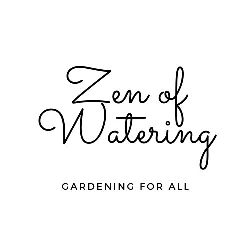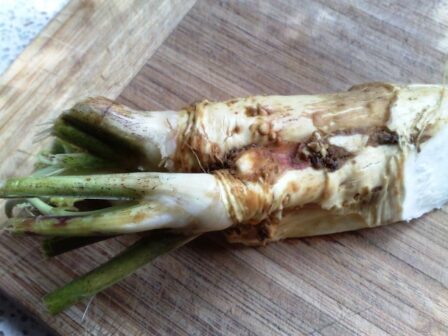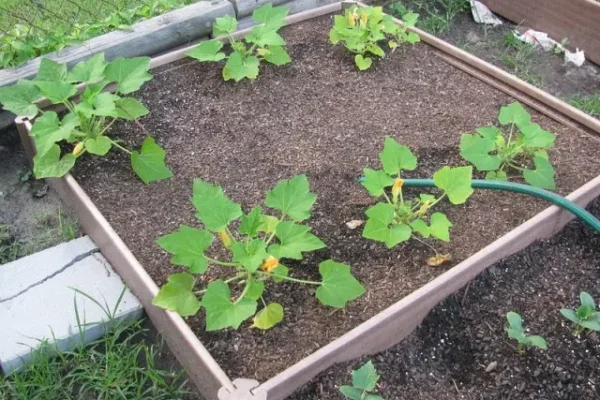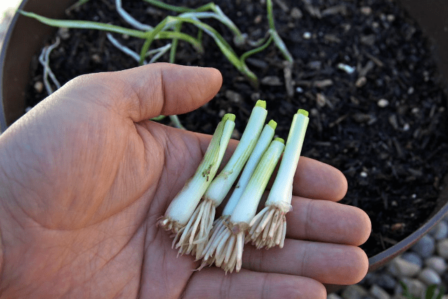Pinto beans, known for their versatility and nutritional value, are an excellent choice for container gardening. This guide will provide you with comprehensive instructions on how to grow pinto beans in a container, from selecting the right container to harvesting your beans.
Pinto beans are a type of common bean, popular in many cuisines around the world. They are known for their mottled skin and creamy texture when cooked. Growing pinto beans in containers is a practical and satisfying way to enjoy fresh, homegrown beans, especially if you have limited garden space.
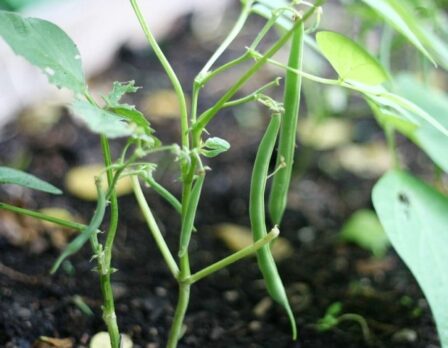
Steps to Grow Pinto Beans in a Container:
1. Choosing the Right Container
The first step in growing pinto beans is selecting an appropriate container. Choose a container that is at least 12 inches deep and has sufficient drainage holes. Pinto beans do not like waterlogged soil, so good drainage is crucial. A wider container will allow you to plant more beans and thus increase your yield.
2. Selecting Soil and Fertilizer
Use a high-quality potting mix for your pinto beans. The soil should be well-draining but also able to retain enough moisture. A potting mix with compost or well-rotted manure will provide the necessary nutrients. Additionally, a balanced, slow-release fertilizer can be added to the soil before planting.
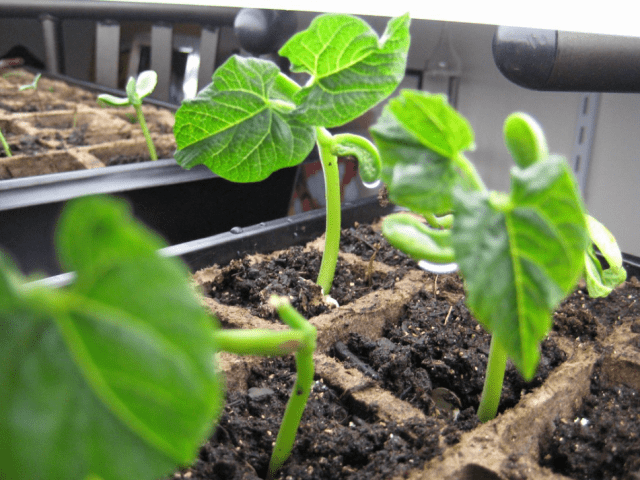
3. Planting the Seeds
Plant your pinto bean seeds after the last frost date in your area. Place the seeds about 1 inch deep in the soil and 2-3 inches apart. If planting multiple rows, keep the rows about 18 inches apart. Water the soil gently after planting.
4. Location and Sunlight
Place your container in a location that receives at least 6 to 8 hours of sunlight daily. Pinto beans thrive in warm conditions and ample sunlight.
5. Watering Your Pinto Beans
Regular watering is vital for the growth of pinto beans. The soil should be kept consistently moist but not soggy. Water the plants at the soil level to avoid wetting the foliage, which can lead to diseases.
6. Supporting Your Plants
As the pinto bean plants grow, they will need support. Install a trellis or stakes in the container for the vines to climb. This support also helps to increase air circulation and reduce disease risk.
7. Managing Pests and Diseases
Common pests that affect pinto beans include aphids and spider mites. Regularly inspect your plants and use organic pest control methods if necessary. To prevent diseases, avoid overhead watering and ensure good air circulation around the plants.
8. Harvesting Pinto Beans
Pinto beans can be harvested in two stages. For fresh beans, pick them when the pods are fully formed but still green. For dry beans, wait until the pods have dried on the plant, then harvest and shell them.
19. Storing and Using Your Beans
Fresh pinto beans can be refrigerated for a few days, while dried beans can be stored in an airtight container in a cool, dry place for several months. Enjoy your homegrown pinto beans in a variety of dishes, from salads to soups.
Conclusion
Growing pinto beans in a container is a rewarding experience that yields delicious and nutritious beans. By following these simple steps, you can enjoy the fruits of your labor throughout the growing season. Whether you are a beginner or an experienced gardener, container-grown pinto beans are a fantastic addition to your home garden.
Remember, gardening is not just about the end product; it’s about the joy of nurturing and watching your plants grow. So, get your hands dirty and start your pinto bean container garden today!
FAQs
1. What size container is best for growing pinto beans?
Pinto beans thrive in containers that are at least 12 inches deep and 8-10 inches in diameter. This depth allows adequate room for root development. If you plan to grow multiple plants, choose a wider container or multiple containers to provide enough space for each plant. Ensure the container has good drainage holes to prevent waterlogging.
2. How much sunlight do pinto beans need when grown in containers?
Pinto beans require full sunlight to grow effectively, which means they need about 6-8 hours of direct sunlight per day. Place the container in a spot where it receives ample sunlight. If you’re growing them indoors, a south-facing window is ideal, or you might need to supplement with grow lights.
3. What are the watering and fertilization requirements for container-grown pinto beans?
Pinto beans in containers need consistent moisture, especially during flowering and pod formation. Water the plants when the top inch of soil feels dry. Avoid overwatering, as this can lead to root rot. For fertilization, use a balanced, all-purpose fertilizer every 4-6 weeks. However, be cautious with nitrogen-rich fertilizers, as they can promote more foliage growth at the expense of bean production.
MORE POSTS: How to grow garlic from store-bought garlic
